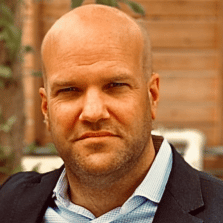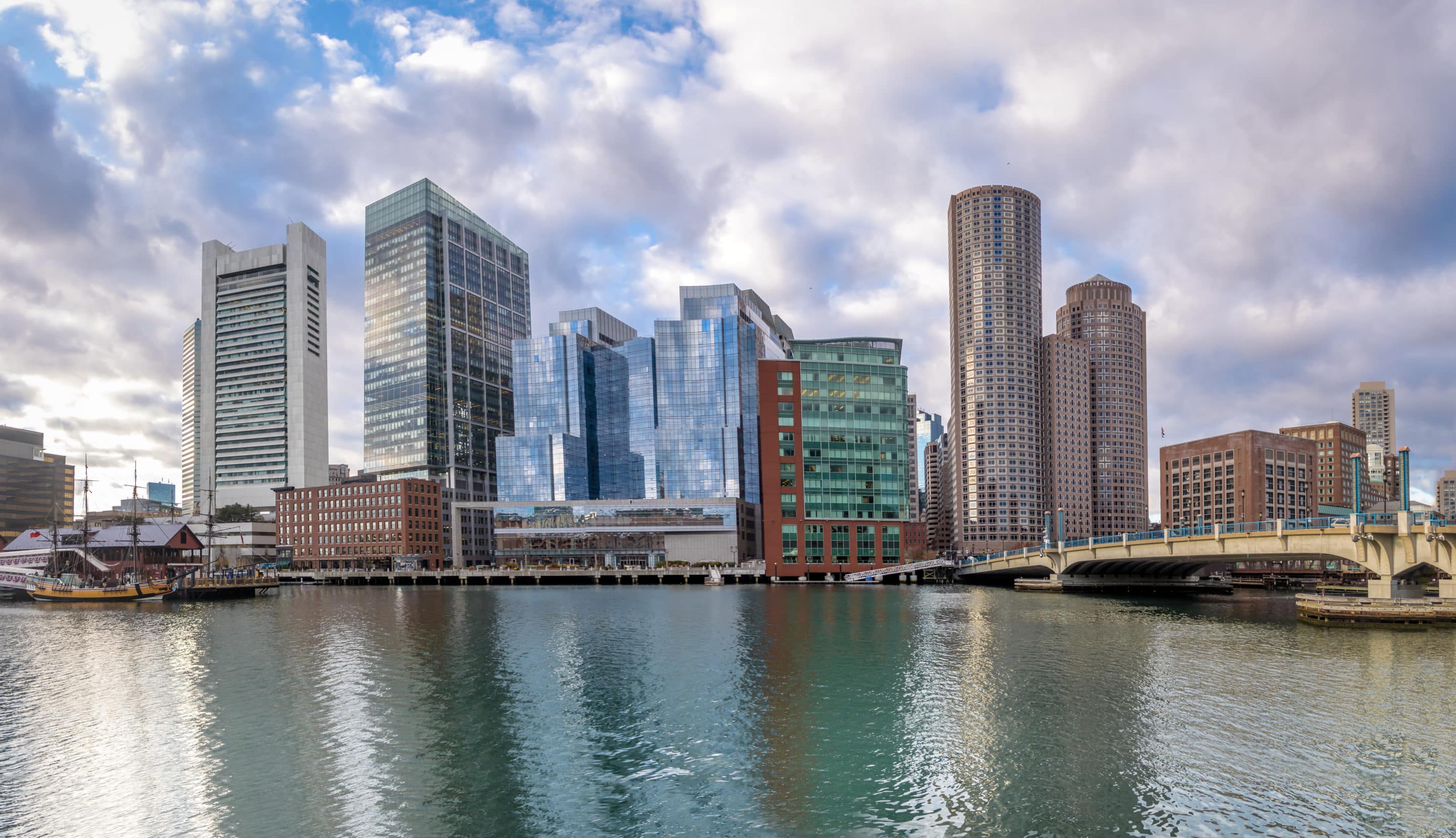
OPIOID ADDICTION

Seeking treatment? Questions?
Get 24/7 confidential help now:
Or Receive A Call:
Last Medically Reviewed 15 November 2022
OPIOID ADDICTION
Opioids are medications that are derived or manufactured from the opium poppy plant. Some drugs are prescribed to alleviate severe acute pain or “breakthrough pain” associated with cancer. In contrast, other types of these drugs are created and consumed illegally. Opioid addiction is a severe and growing problem in the United States. Each year, more and more people fall victim to these powerful drugs. According to the National Institute on Drug Abuse (NIDA), more than 2 million people in the US are addicted to opioids.
Opioids work by binding to opioid receptors in the brain and activating them. This blocks pain signals from the brain to the body, reducing pain sensation. Once opioids attach to their receptors, the brain releases dopamine. This gives users a euphoria that is only temporary but intense and creates a desire for more dopamine, which encourages continued opioid use.
People addicted to opioids often find themselves taking larger and larger doses of the drug just to feel normal. This can cause severe health problems, including opioid overdose and death.
COMMON OPIOIDS
& OPIATES
Opioid pain relievers are typically recommended for moderate to severe pain, usually administered following surgery or medical treatment.
Oxycodone
A semi-synthetic opioid. Percocet (a combination medication including oxycodone) and OxyContin are common brand names.
Hydrocodone
This is a semi-synthetic opioid found in medicines like Lortab and Vicodin.
Morphine
Morphine is a highly addictive, naturally occurring chemical found in the poppy plant.
Codeine
A less potent but addictive drug generally used to treat coughs. Codeine is usually provided as part of combination treatments.
Fentanyl
Fentanyl is a synthetic opioid that is highly addictive. Fentanyl is frequently given as a transdermal patch. However, it is also commonly distributed for illegal use.
WHY IS OPIATE ADDICTION
SO SEVERE?
Opioids are a drug that manages pain while being highly addictive because they give the user a sense of euphoria. Opioid addiction occurs when someone takes opioids for an extended period, eventually becoming dependent on them. Someone who is addicted to opioids will experience withdrawal symptoms if they try to stop taking the drug. These symptoms can become excruciating and even dangerous.
When somebody abruptly stops using opioids, their nervous system responds immediately and harshly. Without opiates binding to the opioid receptors, the body starts producing endorphins at an abnormal rate. This causes withdrawal symptoms, which can begin 48- 72 hours after the last use and last for various amounts of time, depending on how frequently they abuse opioids. Opiate abusers may experience multiple physical and mental withdrawal symptoms.
When a person consumes an opioid, the medication enters the circulation and floods the brain with endorphins and dopamine. These neurotransmitters control sensations of reward, pleasure, and satisfaction, and the opioid’s influence on them causes a surge of euphoria. Because the high differs from any naturally occurring rush of dopamine or endorphins, the only way to relive it is to continue using. However, the brain’s ability to naturally produce dopamine and endorphins is reduced with continuous usage. As a result, these experiences may only be achievable again when using opioids. People choose to misuse opioids in order to alleviate their suffering and maintain these euphoric experiences on demand.
SIGNS OF
OPIATE ABUSE
There are several noticeable symptoms of opiate usage and addiction. When someone is addicted to opiates, they prioritize obtaining their drug of choice and feeling high over all else. Over time, opioid misuse can rewire the brain, resulting in changes in behavior, psychology, and physiology. If you believe someone close to you is using opiates, you should be able to pick up changes in various areas of their life.
While each opioid use disorder (OUD) is unique, a few common symptoms may signal a family member is having trouble with opioids. Some things to look out for include:
• Behavior or mood changes.
• Less attention to hygiene.
• A difference in eating or sleeping habits.
• Spending time with a different social group.
• Social isolation.
• Poor attendance at school or work.
• Skipping important events.
• Running out of or losing prescription opioids frequently.
• Visiting multiple doctors or pharmacies to get opioid prescriptions.
• Unexplained money issues.
• Tracks (puncture marks) from needle injections on arms or wearing long sleeves even in hot weather to cover tracks.
HOW LONG DOES TREATING OPIATE
ADDICTION TAKE?
The opiate addiction treatment process is different for everyone. There is no one-size-fits all answer to this question. However, most people who receive treatment for opioid addiction will need to stay in some form of opioid treatment program for at least a few months. Some people may need to remain in addiction treatment programs for a year or more. It all depends on their situation and how severe their addiction is.
After completing an opiate treatment program, many people will need to continue participating in some form of a support group or counseling to maintain their sobriety. Opioid addiction is a chronic disease, so it is essential to be patient and understand that recovery is a lifelong process. However, with addiction treatment and support, recovery is certainly possible.
OPIATE ADDICTION
TREATMENT
Understanding opiate addiction is a critical first step in exploring addictions and treatments. It is helpful for people to know the physical and emotional components of opiate use disorders before jumping onto a decision about how to help them recover from the condition.
Addiction treatment requires different amounts of care depending on each individual’s needs. For most people, addiction treatment programs last 30 to 90 days. Treatment typically occurs in inpatient rehab facilities and can include several behavioral therapy methods and medications. It’s generally also a good choice to maintain continuous therapy after inpatient addiction treatment programs to maximize the chances of recovery.
Quitting opioids “cold turkey” is difficult and hazardous to undertake on your own. It’s strongly advised to seek the assistance of medical detox providers to overcome opioids safely and effectively. Contact us now if you or a loved one is fighting addiction. We will direct you to your nearest Psyclarity Health facility to get the therapy you require.
WHAT TO EXPECT AT AN OPIATE REHAB
CENTER?
The treatment process for opioid addiction typically begins with detoxification or removing the addictive substance from the body. This can be a difficult and painful process, but it is often necessary to break the cycle of addiction. After detoxification, patients may undergo counseling and therapy to help them understand their addiction and how to cope with life without opioids. Medications are usually prescribed to help manage withdrawal symptoms and cravings. The length of addiction treatment will vary depending on the individual, but it is important to remember that it will ensure the proper care and support to make a recovery possible. In most cases, patients may also need to stay in a residential treatment facility for some time in order to receive around-the-clock care.
Medical Detox
Opiate withdrawal is controlled through appropriate medicines and helps relieve withdrawal symptoms. The doctor must assess a patient at every stage of detoxification to ensure they receive the correct treatment. Psyclarity Health Facilities offer 24-hour, 7 day a-week services from our medical team and therapists. We assess every case individually to consider all of the specific needs. It is our duty to ensure every individual has everything they need to support their sobriety.
Medications used to help with opiate withdrawal symptoms
Medications prescribed during the detox process helps treat the long-term issues associated with opiate withdrawal, such as dependency. The doctor will slowly reduce medications over time until the patient no longer experiences withdrawal symptoms. Even after leaving an inpatient rehab center, some patients may still need to take medication prescribed by a doctor.
Common medications used during opiate detox
Clonidine
Clonidine is often prescribed to help with withdrawal symptoms and high blood pressure. It can be instrumental in reducing anxiety and stress. Clonidine comes as an oral tablet or a skin patch that you wear. Unlike opioid painkillers, clonidine doesn’t cause the same euphoric feeling. This also makes it less likely to be abused and creates physical dependence. So once your withdrawal symptoms have gone away, it’s easier to stop taking it.
Methadone
Methadone is most effective as a long-term medication assisted treatment (MAT) option for individuals dealing with chronic opioid addiction as a long-acting opioid. It is generally given to people trying to get off their old drugs. Methadone was formerly a standard detox tool, but Buprenorphine has largely replaced it.
Buprenorphine
Buprenorphine is a narcotic medication commonly used to treat drinking problems and is also recognized as an effective treatment for opiate withdrawal. The drug helps patients stay engaged in therapy by reducing withdrawal symptoms and opioid cravings. Buprenorphine, as a partial agonist, does not replicate the full effects of more potent opiates like hydrocodone.
Inpatient Opiate Addiction Treatment Centers
Inpatient opiate rehab programs are extremely beneficial care plans as they provide patients with separation from their previous addiction environment and anyone connected to it. Psyclarity Health inpatient treatment provides a safe environment for detox and medication assisted treatment and ensures that support is available when needed. Rehab becomes a whole lot easier if you know that you have access to the correct treatment options and a support system that won’t let you down.
STAYING
SOBER
Ongoing recovery from opioid addiction can be challenging, but treatment options are available to help people stay on track. Aftercare programs may include things like regular check-ins with a therapist or counselor, group therapy, and 12 step programs. Some people may also benefit from long-term medication-assisted treatment (MAT), which involves taking medications like methadone or Buprenorphine to help suppress cravings and withdrawal symptoms.
Unfortunately, opiate addiction recovery doesn’t just end at rehab. Staying sober and your reintegration into life requires a conscious choice every day. A choice that can sometimes be hard to make. Luckily you can get help from aftercare facilities and support structures like individual counseling, group therapy, sober living homes, or vocational training.
Working with a treatment provider is essential to determine what kind of aftercare plan is right for you. At Psyclarity Health rehab centers, we offer comprehensive treatment for opioid addiction that can help our patients to achieve long-term recovery.
Our experienced medical professionals will work with you to create a personalized treatment plan that meets your unique needs. Psyclarity Health offers a variety of mental health services that are available as outpatient treatment options. We also provide support and resources for family members and loved ones.
Get in touch and let us help you find the addiction treatment centers that work for you. Don’t hesitate. Take your life back.
MAKE THE CALL
Don’t go through the process of recovery alone.
There are people who can help you with the struggle you’re facing. Get in touch with one today.
Call Now: 855-924-5350
GET THE CALL
Enter your phone number below to request a call from a treatment professional.







